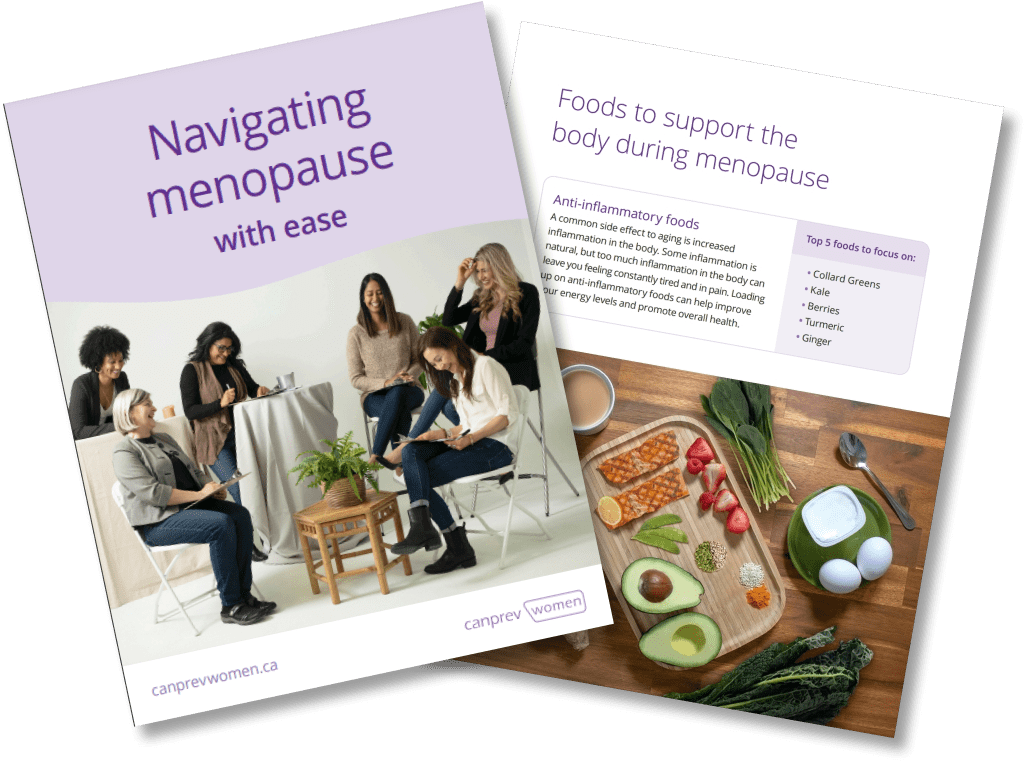No matter how you style it, hair is more than just a crowning glory – its overall health can reflect what’s going on inside our bodies. The journey to luscious locks involves balancing hormones, managing stress, and ensuring you’re getting the right nutrients. Fine-tuning these elements can help increase hair thickness and growth, improve strength and texture, and prevent loss.
Getting to the root of healthy hair
Before diving into factors that can impact the health of our hair, let’s talk about how the cycle of hair growth works. This helps us address hair issues based on your personal needs and expectations, since the hair growth cycle can be affected by factors such as genetics, hormones, age, and nutritional intake.
The hair growth cycle is a continuous and natural process that occurs in three main phases:
Anagen Phase (Growth Phase): This is the active phase of hair growth where hair follicles produce new hair cells, and hair typically grows about 1.25 cm per month. This phase can last anywhere from 2 to 7 years, depending on genetics and other factors.
Catagen Phase (Transitional Phase): After the anagen phase, hair enters the catagen phase, which is a short transitional period lasting for a few weeks. During this phase, the hair follicle shrinks and detaches from the blood supply, which causes the hair strand to stop growing and eventually fall out.
Telogen Phase (Resting Phase): The telogen phase is a resting phase that lasts for a few months. During this time, the hair follicle remains dormant, and no new hair growth occurs. About 10-15% of the hair on your scalp is usually in this phase at any given time.
After the telogen phase, the hair follicle re-enters the anagen phase, and the cycle repeats. It’s important to note that not all hair follicles are synchronized in their cycles, so you typically have hairs at various stages of growth at any given time.
Factors that can impact hair health
Stress
Stress is something that we all experience from time to time. But high levels of emotional and mental stress can lead to a condition called telogen effluvium. With this condition, a large number of hair follicles enter the telogen (resting) phase prematurely, which disrupts the growth cycle. Humans typically lose about 100 hairs per day, but this condition can cause up to 300 to fall out per day, mostly from the top of the head.
Age
The leading cause of age-related hair loss in women is hormonal imbalance naturally triggered by menopause. The hormones estrogen and progesterone promote the anagen phase, but starting around age 40, these hormones naturally deplete which can lead to hair loss, thinning, and a lack of growth.
Nutritional deficiencies
Hair follicle cells are among the most rapidly dividing cells in the body, so it’s no surprise that a lack of essential nutrients can result in thinning, dullness, and breakage. Hair is composed of keratin, a fibrous protein that makes up the structural component of hair, skin, and nails. Several nutrients play a role in promoting healthy keratin production, such as protein, biotin, zinc, and more.
Nutrients that enhance hair health
To support healthy hair growth, our bodies need a multitude of nutrients.
Protein: Keratin itself is a type of protein, so consuming an adequate amount is essential for keratin production. Try adding high-protein foods such as red meat, tofu, or lentils.
Biotin (vitamin B7): Often called “the beauty vitamin”, biotin can help strengthen keratin structures in hair and nails due to its important role in protein synthesis. Egg yolks are a rich source of biotin, with one whole egg providing 33% of the daily recommended biotin intake.
Vitamin A: This vitamin helps regulate the production of sebum, which is important for maintaining healthy hair and skin. Adding sweet potatoes or carrots to your diet will up your intake of vitamin A, as well as liver, spinach, and pumpkin.
Millet seed: Millacin, a compound found in millet seed, is known for its ability to improve cell growth at the base of hair follicles. Millet seed comes in cereals and granola mixes, but you can also add it to salads and soups, or make gluten-free bread with millet powder.
Zinc: Zinc is involved in the formation of new proteins, including keratin. It also regulates hormone levels and promotes a healthy scalp. Your body absorbs 20 – 40% of zinc found in food and is most easily absorbed from red meat, fish, and poultry. For vegetarian options, chickpeas, lentils, and beans are excellent sources of zinc. Since they contain phylates, which can reduce zinc absorption, soaking or cooking them can help increase absorption.
What if we told you that you could find all these nutrients in one formula?
CanPrev’s Healthy Hair is clinically proven to help reduce hair loss, and normalize the hair cycle and connective tissue formation. Featuring millet seed extract, zinc, biotin, and vitamin B6, these ingredients have been demonstrably used to make hair thicker, fuller, and shinier.
Whether you’re dealing with hair thinning, brittleness, or just want to maintain your gorgeous locks, adding these nutrients to your daily routine can be a fantastic way to achieve head-turning hair.
Sources:
How to choose a vitamin for hair health
The science behind healthy hair
Beauty runs deep
Do Canadian Adults Meet Their Nutrient Requirements Through Food Intake Alone?
Foods High in Zinc
Mayo Clinic Q and A: Collagen and biotin supplements
How Diet Affects Hair Loss
Percentage of women using hair styling tools worldwide from 2015 to 2017, by type
The Role of Collagen in the Human Body
Zinc & Hair Loss Growth
Using The Mighty Zinc To Balance Your Hormones
Hair Loss


